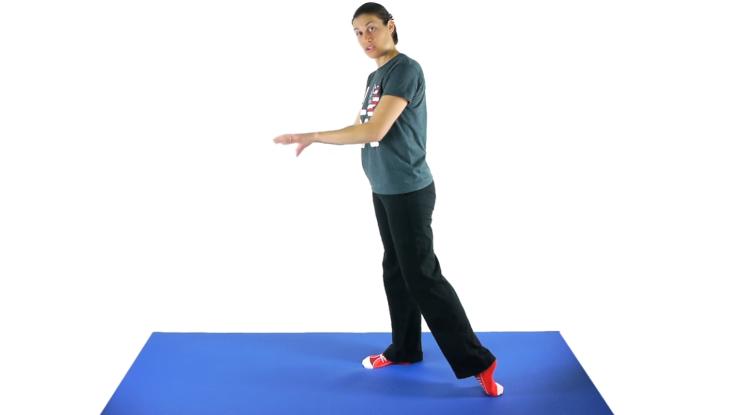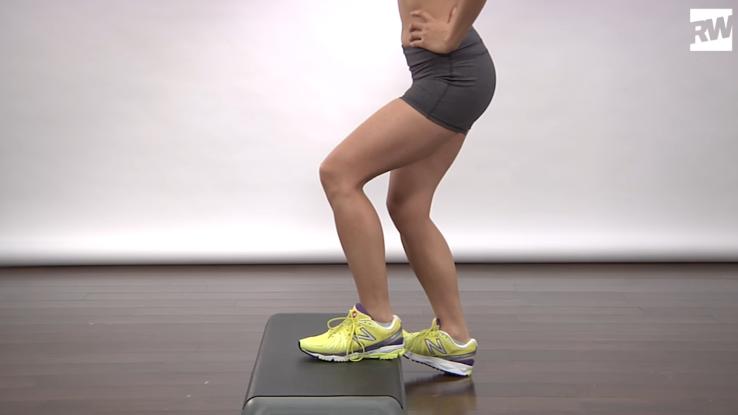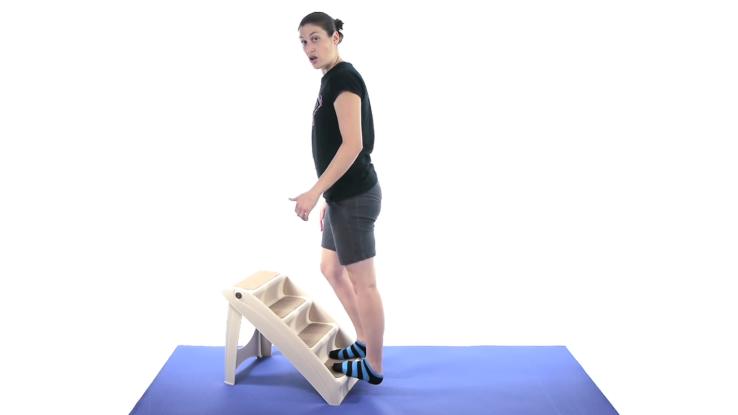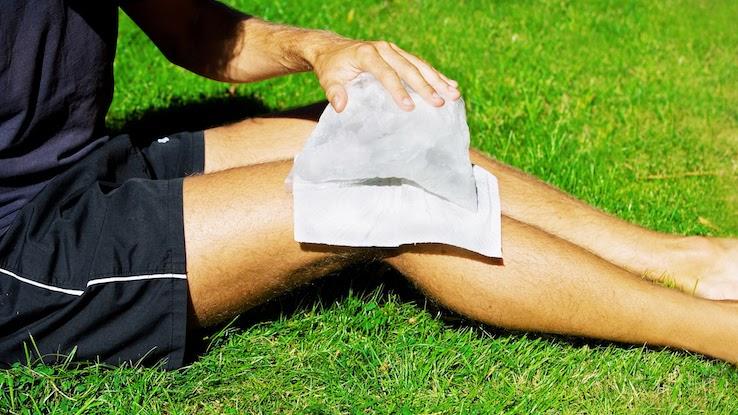
Shin splints are a real pain in the leg. If you engage in strenuous physical activities like running, dancing or gymnastics, that discomfort along the front of your lower legs that arises when you’ve overworked your leg muscles may seem like an inevitable side effect. But there’s good news.
There are several exercises that can help you relieve the pain from shin splints and potentially prevent it in the future, letting you do more of the activities you love. Using key stretches before you’re active can go a long way toward minimizing your likelihood of developing shin splints, according to the American Academy of Orthopedic Surgeons. And if you do develop this condition, these same exercises, along with rest, can help reduce the discomfort.
Toe Stretches Prevent Tightening
There are several toe stretches that can help relieve the pain of shin splints and, in some cases, prevent them. One is a simple toe curl. Put a towel on the floor in front of you and stand with your feet shoulder-width apart. Place one foot on the towel and curl your toes around it to gather the towel up before releasing your toes and returning to the starting position.

Another toe stretch is a simple toe drag. Start in a standing position and place one foot slightly behind you. Position your toes downward so the top of your foot faces the floor, and hold this position for 15 to 30 seconds. Lightly drag your foot forward until your leg is aligned with your body.
Finally, try rising up on your tip-toes and holding the position for about 10 seconds before slowly lowering your heels. Start by doing three sets of 10 of each of these toe stretches, gradually working up to three sets of 30. If you feel pain when you’re doing any of these stretches, stop and move to a different stretch to avoid overworking your already inflamed muscles.
Calf Stretches Relieve Pain
Stretching tight calf muscles does wonders. Start with a simple calf stretch. Stand on a short step and lower the heel of one foot to the floor. Keep the toes of that foot on the edge of the step and the opposite foot on the step. Bend your knees slightly for a deeper stretch. Repeat on the other side.

If it’s easier for you to remain in a seated position, try this stretch. Sit with your legs straight in front of you and loop a jump rope or a towel under the ball of one of your feet. Use it to pull your foot toward you gently, keeping it stretched for 30 seconds before switching to the other side. While you’re holding the stretch, your knee should be straight forward ― or as straight as you can keep it ― and your leg still. Try lifting your leg and extending it, parallel to the floor while pulling your foot, to get a deeper stretch.
For another upright calf stretch, stand facing the wall with your hands on it. Place one foot behind you, keeping both feet flat on the floor and pointed forward. Bend your forward leg at the knee while keeping your back leg straight with the heel down. Hold the stretch for 30 seconds before switching legs. Repeat this stretch two to three times.
Achilles Tendon Stretches Relieve Tension
To stretch out the backs of your legs, start with a standing stretch, which you can do on a step or something else that elevates you. Have a railing or chair nearby for added support and balance. Stretching one leg at a time, move your foot back, keeping the ball of your foot on the step. Hang your heel over the edge. Let it drop and stretch downward. Hold the stretch for 30 seconds before switching sides. Repeat the process three times.

The toe-to-wall stretch is another effective Achilles tendon stretch. Stand in front of a wall with the toes of one foot against it. Lean forward and hold the stretch for 30 seconds while keeping your heels on the floor. If you want a deeper stretch, put your toes higher on the wall. Switch feet and repeat.
Supplement Your Stretches With These Other Helpful Treatments
If you’ve tried exercises and are still feeling some discomfort, consider lightly massaging your shins with cold packs or ice for no more than 20 minutes at a time. This can ease soreness and relieve inflammation. It also helps to make sure you wear shoes that have plenty of arch support while you’re active. Insoles can lift your arches and reduce the stress on your shins and lower legs. This can ultimately help prevent shin splints and aid in your recovery.

Until your shin splints feel better, consider switching to a different exercise that doesn’t aggravate the injury. For example, if you’re an avid runner, consider biking or swimming for a week or two. The Mayo Clinic notes that you can also take an over-the-counter pain reliever, such as ibuprofen, acetaminophen or naproxen sodium, to limit swelling and discomfort while you rest your legs.
Resource Links:
https://www.orthoatlanta.com/media/5-easy-stretches-to-prevent-shin-splints
https://orthoinfo.aaos.org/en/diseases–conditions/shin-splints
https://medlineplus.gov/ency/patientinstructions/000654.htm
https://www.mayoclinic.org/diseases-conditions/shin-splints/diagnosis-treatment/drc-20354110
https://www.livescience.com/45197-shin-splints-causes-treatment-prevention.html





